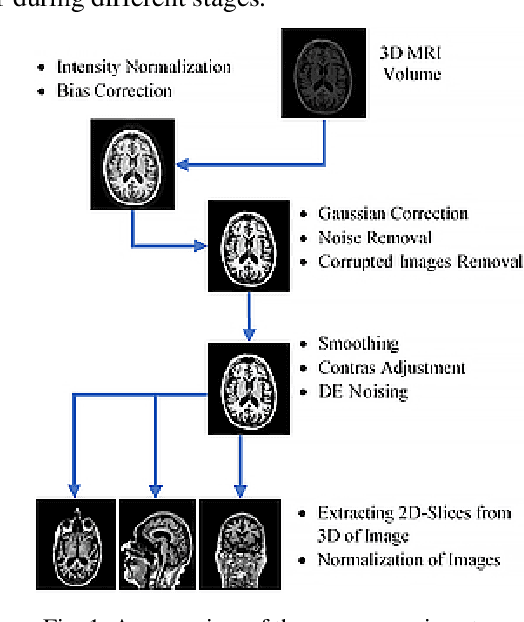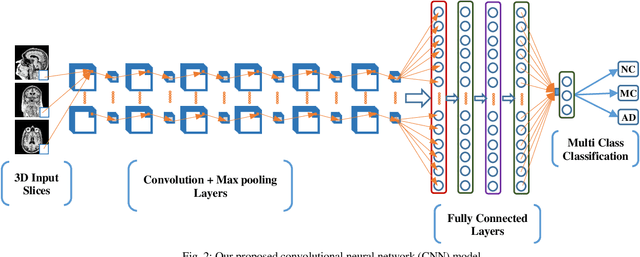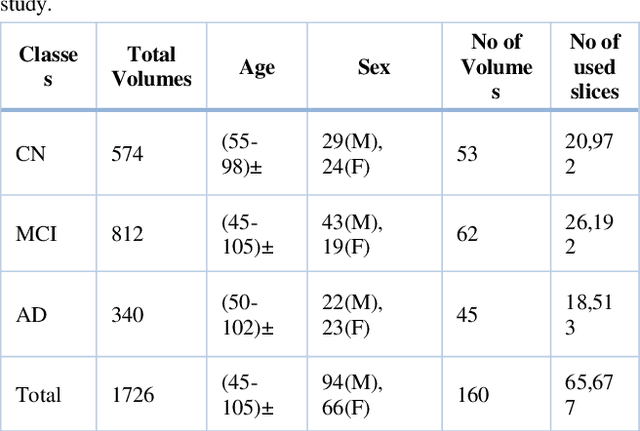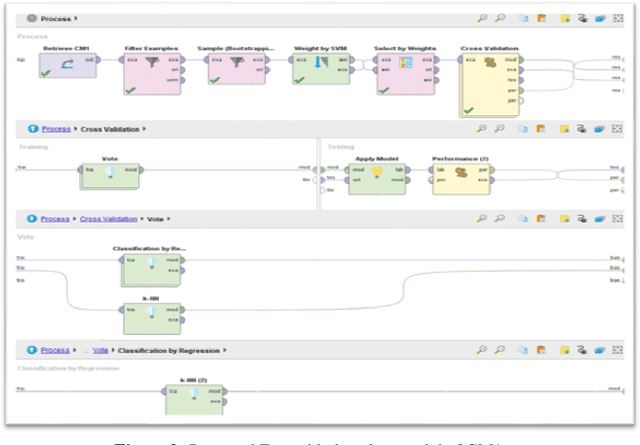Ali Nawaz
Beyond Rebalancing: Benchmarking Binary Classifiers Under Class Imbalance Without Rebalancing Techniques
Sep 09, 2025Abstract:Class imbalance poses a significant challenge to supervised classification, particularly in critical domains like medical diagnostics and anomaly detection where minority class instances are rare. While numerous studies have explored rebalancing techniques to address this issue, less attention has been given to evaluating the performance of binary classifiers under imbalance when no such techniques are applied. Therefore, the goal of this study is to assess the performance of binary classifiers "as-is", without performing any explicit rebalancing. Specifically, we systematically evaluate the robustness of a diverse set of binary classifiers across both real-world and synthetic datasets, under progressively reduced minority class sizes, using one-shot and few-shot scenarios as baselines. Our approach also explores varying data complexities through synthetic decision boundary generation to simulate real-world conditions. In addition to standard classifiers, we include experiments using undersampling, oversampling strategies, and one-class classification (OCC) methods to examine their behavior under severe imbalance. The results confirm that classification becomes more difficult as data complexity increases and the minority class size decreases. While traditional classifiers deteriorate under extreme imbalance, advanced models like TabPFN and boosting-based ensembles retain relatively higher performance and better generalization compared to traditional classifiers. Visual interpretability and evaluation metrics further validate these findings. Our work offers valuable guidance on model selection for imbalanced learning, providing insights into classifier robustness without dependence on explicit rebalancing techniques.
Inscanner: Dual-Phase Detection and Classification of Auxiliary Insulation Using YOLOv8 Models
Feb 26, 2025Abstract:This study proposes a two-phase methodology for detecting and classifying auxiliary insulation in structural components. In the detection phase, a YOLOv8x model is trained on a dataset of complete structural blueprints, each annotated with bounding boxes indicating areas that should contain insulation. In the classification phase, these detected insulation patches are cropped and categorized into two classes: present or missing. These are then used to train a YOLOv8x-CLS model that determines the presence or absence of auxiliary insulation. Preprocessing steps for both datasets included annotation, augmentation, and appropriate cropping of the insulation regions. The detection model achieved a mean average precision (mAP) score of 82%, while the classification model attained an accuracy of 98%. These findings demonstrate the effectiveness of the proposed approach in automating insulation detection and classification, providing a foundation for further advancements in this domain.
Deep Convolutional Neural Network based Classification of Alzheimer's Disease using MRI data
Jan 08, 2021



Abstract:Alzheimer's disease (AD) is a progressive and incurable neurodegenerative disease which destroys brain cells and causes loss to patient's memory. An early detection can prevent the patient from further damage of the brain cells and hence avoid permanent memory loss. In past few years, various automatic tools and techniques have been proposed for diagnosis of AD. Several methods focus on fast, accurate and early detection of the disease to minimize the loss to patients mental health. Although machine learning and deep learning techniques have significantly improved medical imaging systems for AD by providing diagnostic performance close to human level. But the main problem faced during multi-class classification is the presence of highly correlated features in the brain structure. In this paper, we have proposed a smart and accurate way of diagnosing AD based on a two-dimensional deep convolutional neural network (2D-DCNN) using imbalanced three-dimensional MRI dataset. Experimental results on Alzheimer Disease Neuroimaging Initiative magnetic resonance imaging (MRI) dataset confirms that the proposed 2D-DCNN model is superior in terms of accuracy, efficiency, and robustness. The model classifies MRI into three categories: AD, mild cognitive impairment, and normal control: and has achieved 99.89% classification accuracy with imbalanced classes. The proposed model exhibits noticeable improvement in accuracy as compared to the state-fo-the-art methods.
Vehicle Route Prediction through Multiple Sensors Data Fusion
Aug 30, 2020



Abstract:Vehicle route prediction is one of the significant tasks in vehicles mobility. It is one of the means to reduce the accidents and increase comfort in human life. The task of route prediction becomes simpler with the development of certain machine learning and deep learning libraries. Meanwhile, the security and privacy issues are always lying in the vehicle communication as well as in route prediction. Therefore, we proposed a framework which will reduce these issues in vehicle communication and predict the route of vehicles in crossroads. Specifically, our proposed framework consists of two modules and both are working in sequence. The first module of our framework using a deep learning for recognizing the vehicle license plate number. Then, the second module using supervised learning algorithm of machine learning for predicting the route of the vehicle by using velocity difference and previous mobility patterns as the features of machine learning algorithm. Experiment results shows that accuracy of our framework.
A Novel Multiple Ensemble Learning Models Based on Different Datasets for Software Defect Prediction
Aug 30, 2020



Abstract:Software testing is one of the important ways to ensure the quality of software. It is found that testing cost more than 50% of overall project cost. Effective and efficient software testing utilizes the minimum resources of software. Therefore, it is important to construct the procedure which is not only able to perform the efficient testing but also minimizes the utilization of project resources. The goal of software testing is to find maximum defects in the software system. More the defects found in the software ensure more efficiency is the software testing Different techniques have been proposed to detect the defects in software and to utilize the resources and achieve good results. As world is continuously moving toward data driven approach for making important decision. Therefore, in this research paper we performed the machine learning analysis on the publicly available datasets and tried to achieve the maximum accuracy. The major focus of the paper is to apply different machine learning techniques on the datasets and find out which technique produce efficient result. Particularly, we proposed an ensemble learning models and perform comparative analysis among KNN, Decision tree, SVM and Na\"ive Bayes on different datasets and it is demonstrated that performance of Ensemble method is more than other methods in term of accuracy, precision, recall and F1-score. The classification accuracy of ensemble model trained on CM1 is 98.56%, classification accuracy of ensemble model trained on KM2 is 98.18% similarly, the classification accuracy of ensemble learning model trained on PC1 is 99.27%. This reveals that Ensemble is more efficient method for making the defect prediction as compared other techniques.
 Add to Chrome
Add to Chrome Add to Firefox
Add to Firefox Add to Edge
Add to Edge